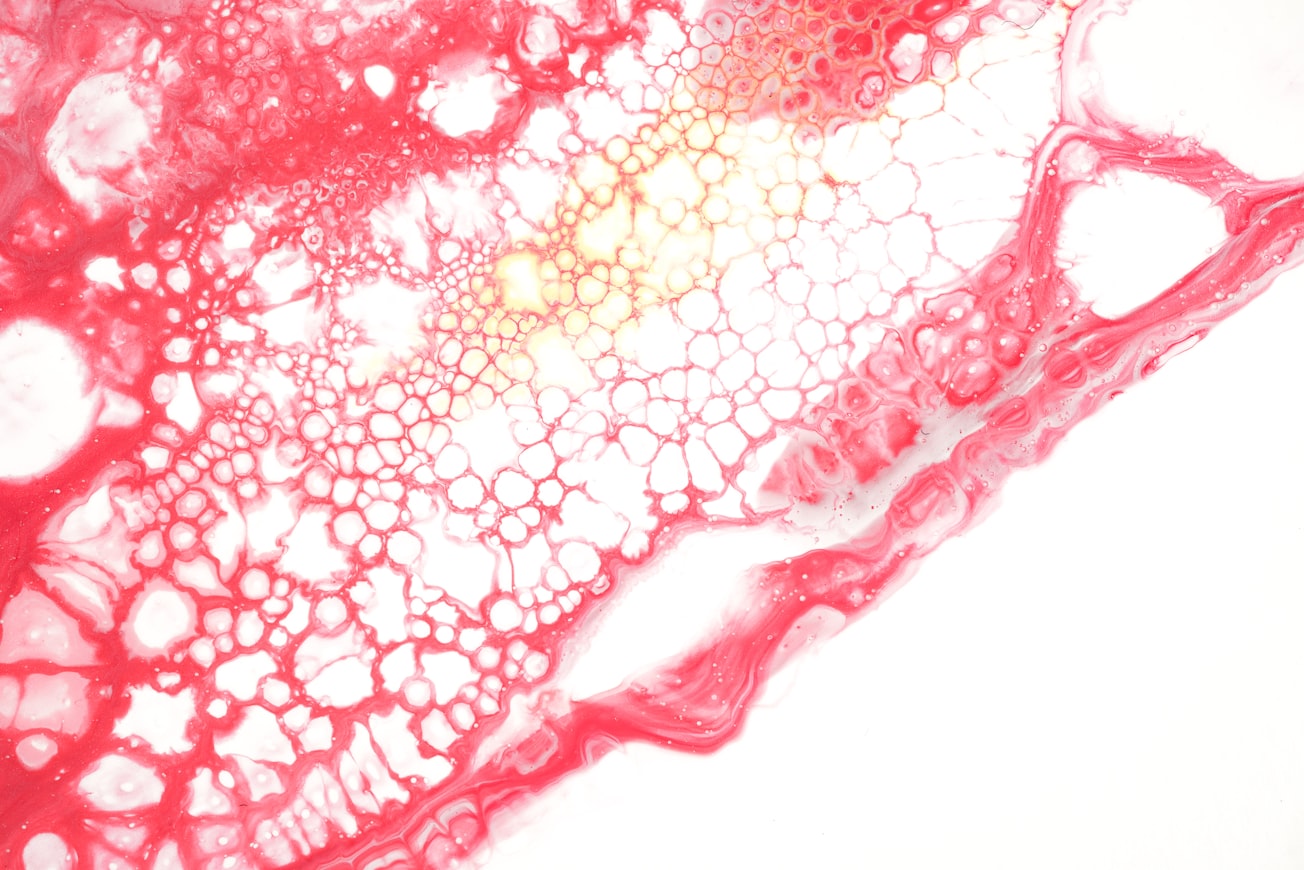What is it about?
ASOCT can allow visualisation of abnormal blood vessels in the surface of the eye. Here we show how this can be applied to chemical injury of the eye.
Featured Image

Photo by FLY:D on Unsplash
Why is it important?
It is difficult to objectively monitor the amount of new vessels after chemical injury.
Perspectives
Chemical injury is a devastating ocular surface condition characterised by inflammation and loss of limbal stem cells.
Prof Louis Tong
National University of Singapore
Read the Original
This page is a summary of: Role of anterior segment optical coherence tomography angiography in assessing limbal vasculature in acute chemical injury of the eye, British Journal of Ophthalmology, March 2021, BMJ,
DOI: 10.1136/bjophthalmol-2021-318847.
You can read the full text:
Contributors
The following have contributed to this page







